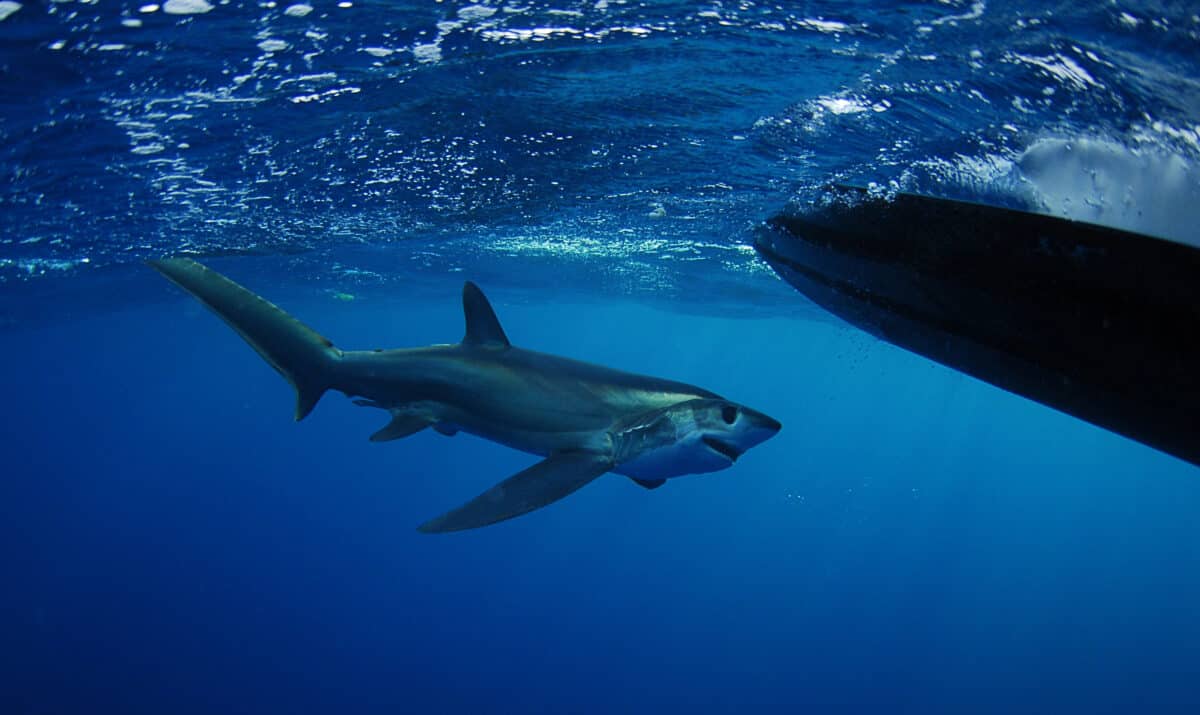In the world’s oceans, a delicate balance exists between predator and prey, shaping ecosystems and influencing human interactions. Fortunately, the latter rarely occurs, but, as seal populations decline, a concerning trend emerges: an increase in shark attacks on humans.
From the shores of Hawaii to the beaches of Florida and the coastlines of Australia, the decline of seals reverberates across oceans, highlighting the complex interplay between marine species and human safety.
Seal Decline: A Global Phenomenon
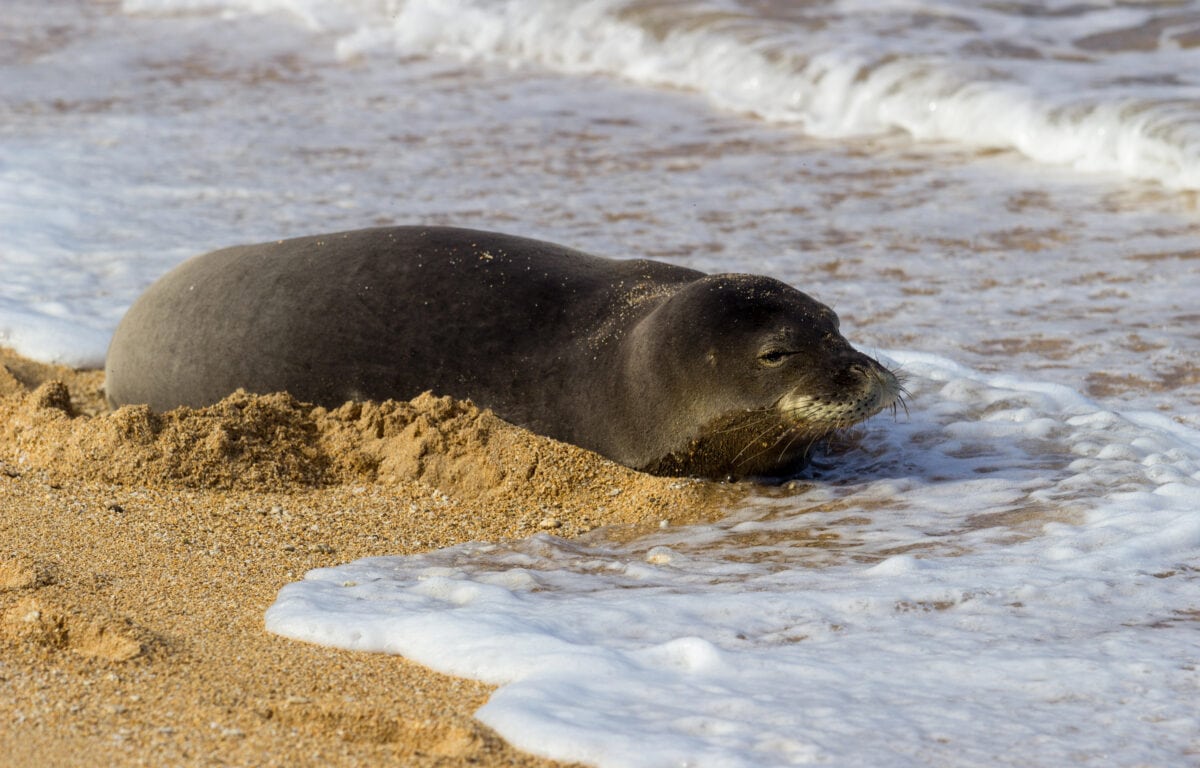
Seals, apex predators of the marine realm, play a crucial role in maintaining the balance of oceanic ecosystems. However, their populations, worldwide, have been declining at an alarming rate as a result of habitat loss, pollution, climate change, and overfishing. As seals dwindle in numbers, the consequences ripple throughout marine food webs, with profound implications for predator-prey dynamics.
Hawaii: A Paradise at Risk

In Hawaii, the decline of Hawaiian monk seals has been starkly evident. With only around 1,400 individuals remaining, these iconic marine mammals face numerous threats, including predation by sharks. Over the past decade, Hawaii has witnessed a notable increase in shark attacks on humans, with incidents occurring primarily in areas where seal populations have declined. From the turquoise waters of Waikiki to the surf breaks of the North Shore, the specter of shark encounters looms large, prompting concerns for beachgoers and surfers alike.
Florida: Sunshine State Shadows
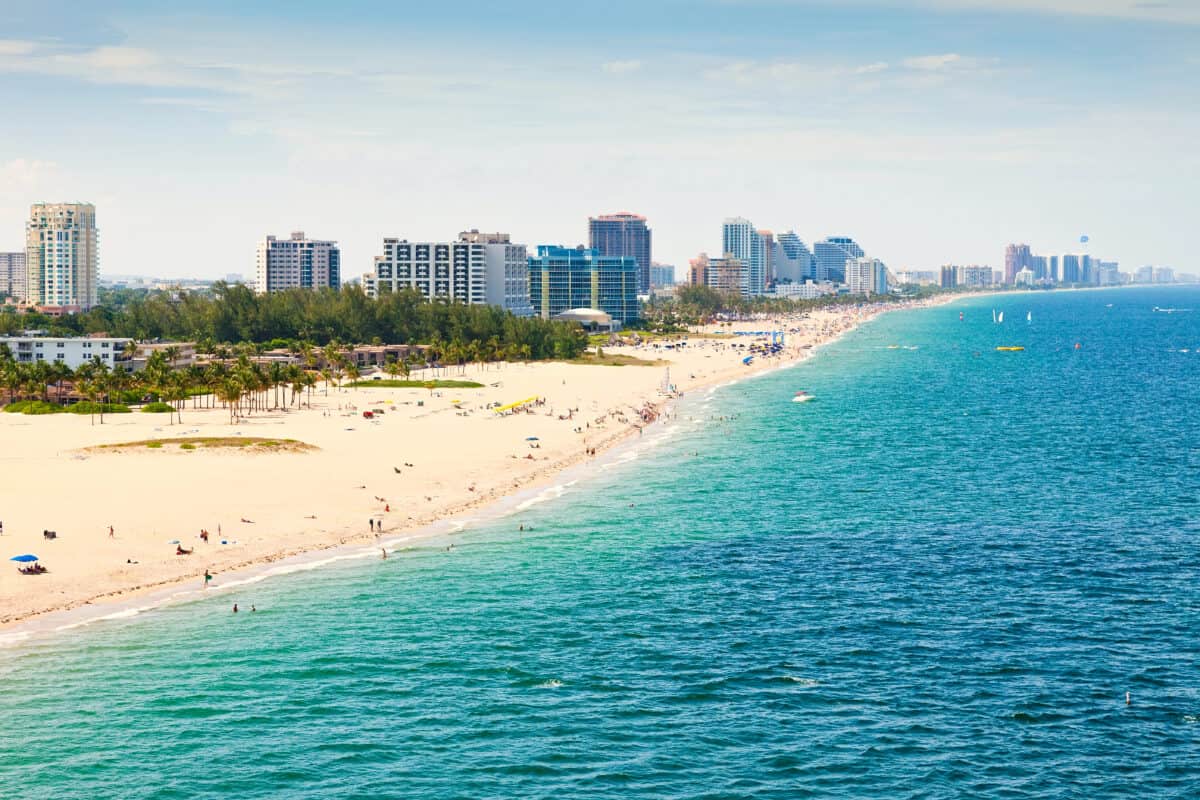
Similarly, Florida’s coastline has experienced a surge in shark attacks amidst dwindling seal populations. In fact, Volusia County, which resides north of Miami recently earned the title of ‘Shark Bite Capital of The World.‘ With the decline of harbor seals and other seal species in the region, sharks have increasingly turned to alternative prey, including humans. In recent years, Florida has reported a notable uptick in shark attacks, with incidents occurring along both the Atlantic and Gulf coasts. From the bustling beaches of Miami to the tranquil shores of Sanibel Island, the risk of shark encounters underscores the fragile balance of marine ecosystems.
Australia: Land Down Under, Waters Under Threat
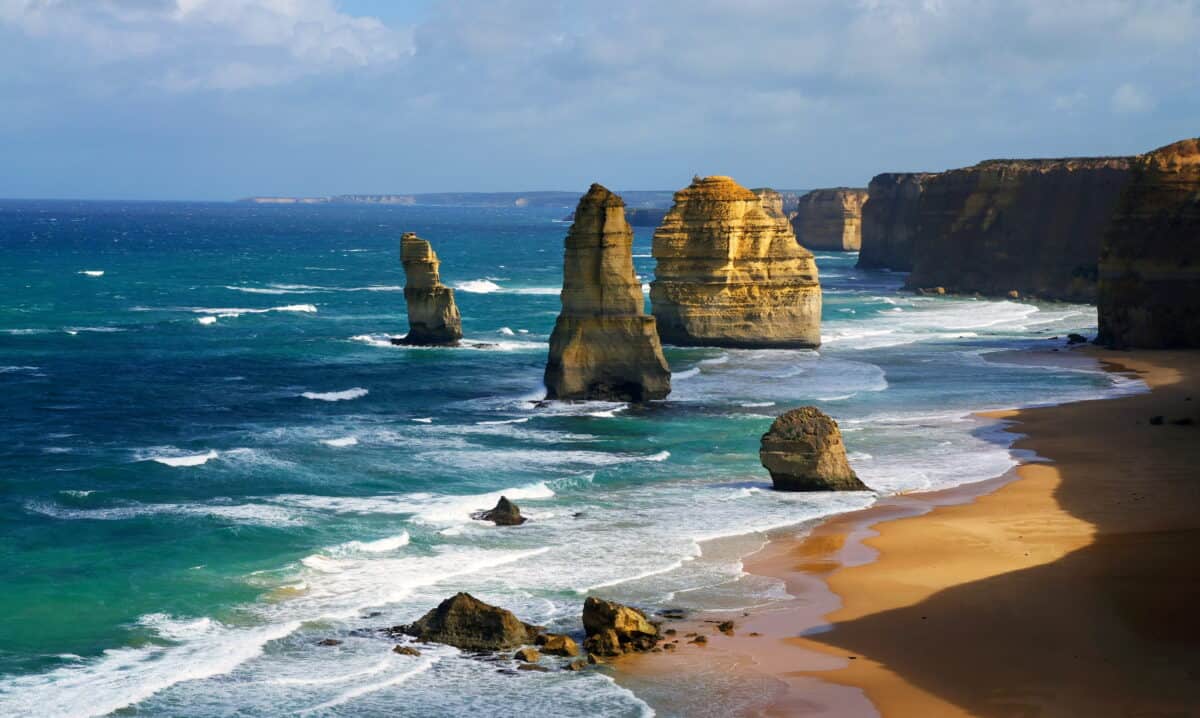
In the vast expanse of Australia’s coastal waters, the decline of seal populations has fueled a rise in shark attacks on humans. From the southern shores of Victoria to the remote reaches of Western Australia, encounters between sharks and humans have become more frequent and, at times, more deadly. As seals diminish in numbers, sharks increasingly seek alternative prey, heightening the risk for beachgoers, surfers, and divers. Despite efforts to mitigate the threat, including shark monitoring programs and public awareness campaigns, the challenge of coexisting with apex predators persists.
The Numbers Speak: A Troubling Trend
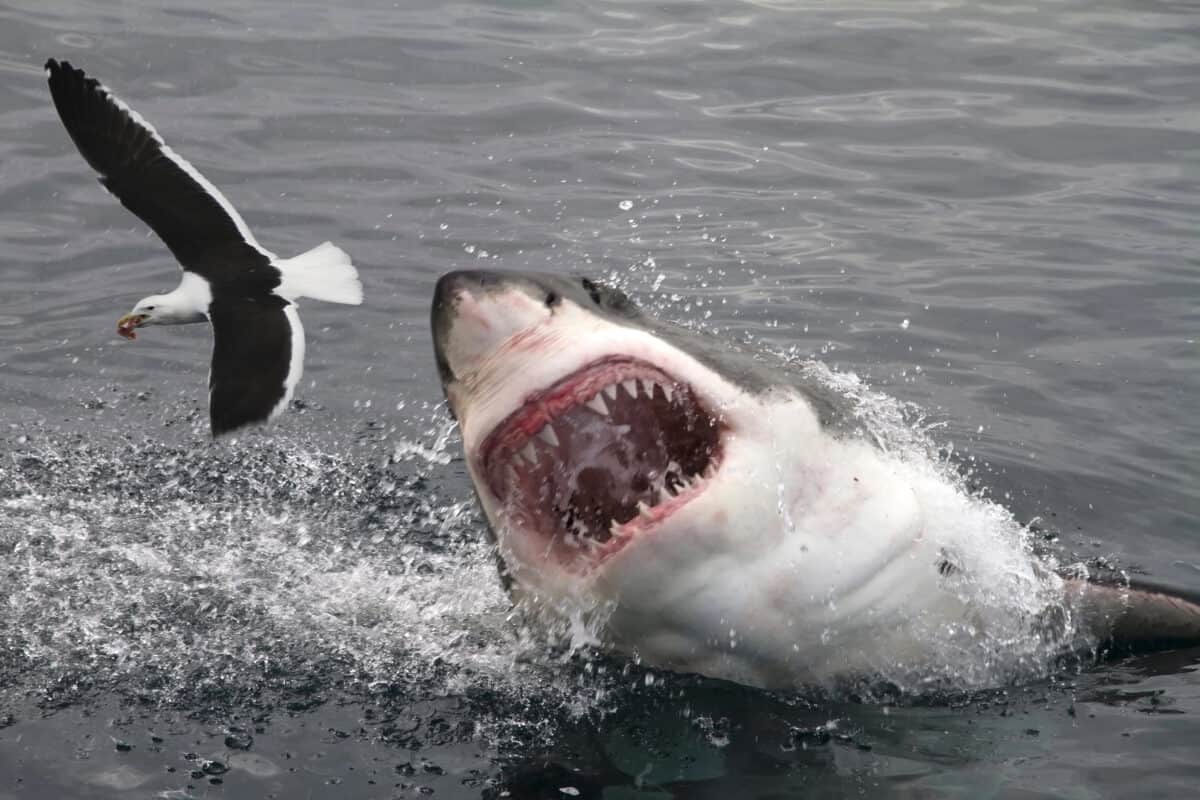
Across Hawaii, Florida, and Australia, the statistics paint a sobering picture of the escalating risk of shark attacks. In Hawaii, shark attacks have more than doubled in the past decade, with numerous incidents reported annually. Similarly, Florida has seen a notable increase in shark encounters, with the number of attacks rising steadily over the years. In Australia, the trend is equally concerning, with shark attacks becoming more frequent and, in some cases, more lethal. As seal populations continue to decline, the threat of shark attacks on humans looms large, underscoring the urgent need for conservation efforts and proactive measures to safeguard both marine ecosystems and human safety.
The decline of seals reverberates across oceans, fueling a rise in shark attacks on humans from Hawaii to Florida and Australia. As seal populations dwindle, sharks increasingly seek alternative prey, heightening the risk for beachgoers and surfers. Addressing the root causes of seal decline and implementing effective strategies for coexisting with apex predators are crucial steps toward ensuring the safety and sustainability of marine ecosystems worldwide.
If you wish to read further, these may tickle your fancy:
- Florida City Nominated to Shark-Bite Capital of the World
- The Top 5 Most Dangerous Animals in Hawaii
- Australia’s Notorious Five: Deadliest Animals Down Under
Join our Forum for free today!

- Elderly Man Kills Grizzly Bear in Montana - July 22, 2024
- Missing Cat Found Weeks Later, 40 Miles Away - July 21, 2024
- The Fastest Animal on Earth: So, How Quick Are Cheetahs? - July 21, 2024

